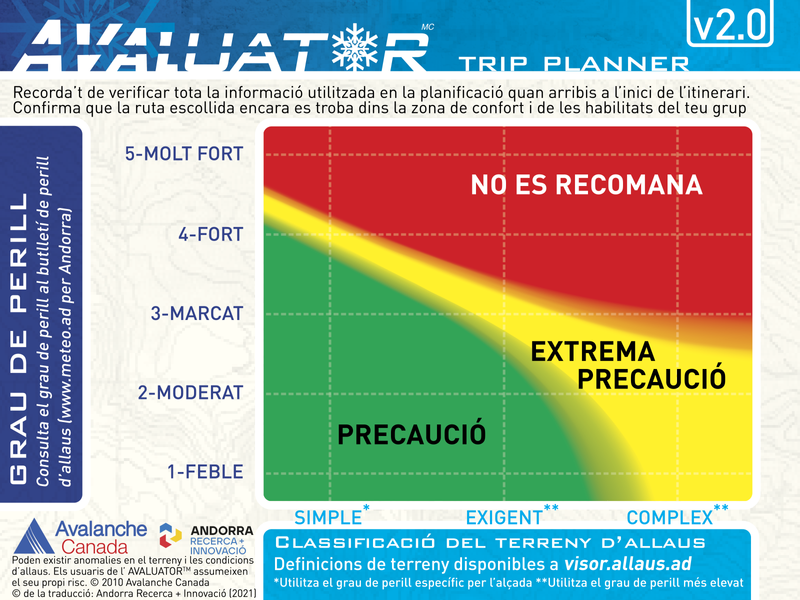Refugi de les Fonts
General Description
Recorregut: Ruta lineal que transita per camins comunals marcats amb punt groc, per camins GR i GRP.
Els camins estan ben marcats i no presenten cap dificultat.
Observacions: Ruta on gairebé anirem tota l'estona per dins el bosc, en arribar al Refugi de les Fonts i trobarem una font d'Aigua ben fresca.
Ascens: Sortirem del centre del poble d'Arinsal, pujarem pel carrer la Grella que ens durà fins a l'inici del camí de Percanela, marcat amb punts grocs.
Anirem pujant fins a trobar les bordes de Percanela i una mica més endavant les de Prats Nous, continuem avançant pel camí de les Fonts fins a arribar a l'encreuament que indica de girar a la dreta per pujar fins al Refugi de les Fonts.
Descens: Seguirem el mateix camí que hem fet de pujada que ens durà fins on hem començat la ruta al centre del poble, un cop arribats podem prendre algun refresc o fer un bon àpat als restaurants del poble.


 Routes and points of interest
Routes and points of interest  Agenda and events
Agenda and events  Online Store
Online Store  Information of Interest
Information of Interest  contact
contact 













